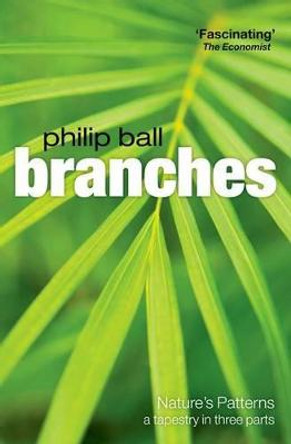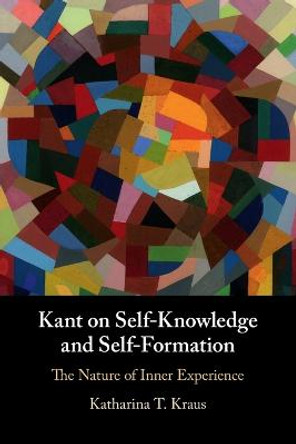Why do similar patterns and forms appear in nature in settings that seem to bear no relation to one another? The windblown ripples of desert sand follow a sinuous course that resemles the stripes of a zebra or a marine fish. In the trellis-like shells of microscopic sea creatures we see the same angles and intersections as for bubble walls in a foam. The forks of lightning mirror the branches of a river or a tree. ^l This book explains why these are no coincidences. Nature commonly weaves its tapestry by self-organization, employing no master plan or blueprint but by simple, local interactions between its component parts - be they grains of sand, diffusing molecules or living cells - give rise to spontaneous patters that are at the same time complex and beautiful. Many of these patterns are universal: spirals, spots, and stripes, branches, honeycombs. Philip Ball conducts a profusely illustrated tour of this gallery, and reveals the secrets of how nature's patterns are made.
About the AuthorPhilip Ball has been an editor at Nature since 1988, and has written many scientific articles on all topics for the popular press. His first book Designing the Molecular World won the American Association of Publishers award for books on chemistry. All four of Ball's books rate 4 or 5 stars on Amazon.com.
Reviews"Philip Ball has produced a superb book about patterns in nature, The Self-Made Tapestry. From the ribbed desert sands to tree-form streaks of lightening, countless examples give rise to fascinating reflections on the astounding order that exists amid chaos. Lavishly illustrated, this is a stunning book." * The Sunday Times *
Book InformationISBN 9780198502432
Author Philip BallFormat Paperback
Page Count 296
Imprint Oxford University PressPublisher Oxford University Press
Weight(grams) 1g
Dimensions(mm) 247mm * 189mm * 18mm









